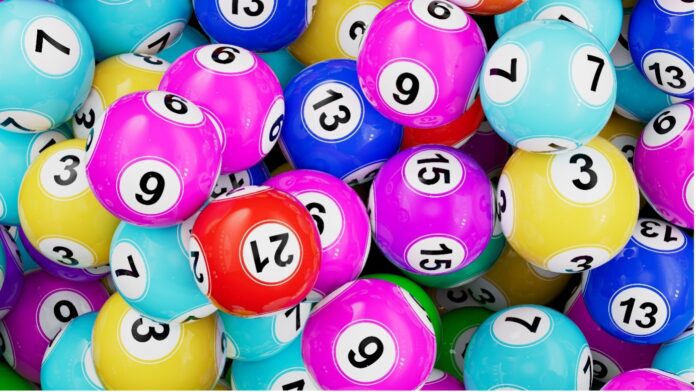Alongside the likes of Roulette and Baccarat, Bingo is a game that’s been played for centuries. You might not have guessed it but the British Bingo halls of the 1960s were just the latest step in a long line for this classic game.
From its earliest days in 16th-century Italy to finding its modern name in the US during the 1930s, Bingo has come a very long way. And now it has evolved even further to create the fusion game of Slingo Bingo, introducing elements of Slots to the classic game.
So, let’s trace just how this gaming classic went from an Italian Lotto to the game we know today.
Il Giuoco del Lotto d’Italia
The first step on the road towards modern Bingo is generally thought to have been a weekly lottery game played in 16th-century Italy. Il Giuoco del Lotto d’Italia didn’t have a lot of the features we associate with Bingo today, but it did involve someone drawing a number that players hoped to match.
The game started to look a little more like Bingo when it found its way to France, becoming an instant hit amongst the aristocracy. It was the French who introduced the Bingo card to the equation, with players now having an individual card of numbers to try and mark off.
Beano to Bingo
After finding popularity across Europe, the game naturally came to the shores of the US. It took a little longer to get there, arriving around the turn of the 20th century and becoming a staple in county fairs up and down the nation.
This version was called Beano and featured gameplay that pretty much lines up with modern Bingo. The main difference was that players used beans to mark off the numbers on their cards – hence the name!
After a New York toy manufacturer by the name of Edwin Lowe came across the game it got its biggest break yet. Lowe went on to publish a commercial edition of the game – now renamed Bingo – and oversaw the creation of 6,000 different card combinations.
Bingo’s popularity
Thanks to Lowe, Bingo really began to take off across the US and even started to make waves elsewhere.
In the UK it wasn’t until the 1960s, with different gaming laws, that Bingo halls started opening. British Bingo looks slightly different from its American counterpart, mainly in the format of the cards and the number of total balls in play.
Bingo lingo became a hallmark of the game, with every one of the 90 balls in the British game getting their distinct nicknames.
Slingo and the digital evolution
The advent of online gaming in the ’90s saw a number of physical Bingo halls shut their doors as players could now play from their computer screens. Bingo quickly adapted to the digital environment, with players now able to choose whether they wanted to play the 90 or 75-ball format and developers creating new ones.
Slingo was originally developed as a potential TV gameshow format, combining the core gameplay of Bingo with elements of Slots. But, with online platforms able to offer Slingo alongside their other Bingo games, it proved an online success.
—
As technology continues to develop, we’re likely to see even more evolution from Bingo and Slingo. Who knows what the next stop on the journey of this gaming classic could be?
Help keep news FREE for our readers
Supporting your local community newspaper/online news outlet is crucial now more than ever. If you believe in independent journalism, then consider making a valuable contribution by making a one-time or monthly donation. We operate in rural areas where providing unbiased news can be challenging. Read More About Supporting The West Wales Chronicle




















